Introduction
Port Byron is perhaps best known as the town that competes against Le Claire, Iowa in the annual TugFest, but it is also a popular place to grab a bite to eat or a drink at one of the establishments along Main Street.
Visitor Information
If you have questions about Port Byron, your best bet is to direct them to the helpful folks at the library (214 S. Main St.; 309.523.3440) or contact Visit Quad Cities (563.322.3911).
History
Port Byron’s first Euro-American settlers were Thomas and Robert Syms . When they arrived around 1828 the area was inhabited primarily by Sauk and Mesquakie Indians. Archibald Allen was another early arriver, building his house in a village that was called Caanan; it was eventually absorbed into the village of Port Byron.
Port Byron was platted (and named) in 1836 by Samuel Allen, Dr. P. Gregg, Nathaniel Belcher (who was granted a license to operate a ferry here in 1837), and Moses Bailey; the town is probably named after the 19th century Romantic poet Lord Byron, although it is not clear which of the early founders was a Byron aficionado.
Like its neighboring villages, lime production was an important local industry, although its 1840 start made Port Bryon an early innovator. Lime kilns operated in Port Byron until the 1930s. One early resident was Colonel Charles Eads. His son, James B. Eads, would go on to become one of the best American engineers of the 19th century, completing a remarkable stone arch bridge across the Mississippi River at St. Louis in 1874.
Exploring the Area
The Brown/Hancke house (414 S. Main) was built in 1839 and is believed to be the oldest residence in town.
Port Byron Congregational Church (200 S. High St.; 309.523.2318) was founded in 1849 with 12 members. The current building was dedicated in 1856 and cost about $3,000 to build. Most of the materials to build the church were shipped up the Mississippi River, including the art glass windows that were made in Germany. While the initial construction was done frugally, the congregation splurged on a 500-pound bell that was cast in Boston in 1854, a gift from the pastor’s brother. When the bell was being unloaded from the steam boat, it was dropped in the Mississippi and had to be fished out. The entire front of the building was rebuilt in 1934 to make room for the new highway.
Parks Along the Mississippi River
There are a few picnic tables scattered along the Port Byron riverfront, especially south of downtown.
Sports & Recreation
The 62-mile Great River Trail that runs from Rock Island to Savanna passes through Port Byron.
Culture & Arts
If you drift down to the riverfront, you can’t miss the 30-foot tall sculpture of a Victorian man on a penny-farthing bicycle. Will B. Rolling, as it is known, was donated by Lawrence and Carol Bay (Lawrence served as mayor for a while) and has a twin sculpture in Sparta, Wisconsin.
Entertainment and Events
Festivals
When it comes to festivals, you just can’t beat TugFest (563.289.3946). Thousands of people descend upon the small towns of Le Claire, Iowa and Port Byron, Illinois on the second weekend of August for a spectacle that is part county fair and part athletic competition. For three hours, the Mississippi River is closed to all commercial traffic. Organizers lay out a 2,400 foot rope and stretch it from bank to bank so teams of 20 or so from Iowa and Illinois can compete. While the individual tugs are taken seriously, there’s a carnival atmosphere and.you can’t help but notice that the whole event feels like one big gag that everyone is in on. Bring a chair and get there early to stake a claim to a good spot to watch the action.
In October, bicyclists take a week-long tour along the Mississippi River and through the Drifltess Area. The Will to Ben Bike Tour covers some 300 miles over a week, connecting the big bicyclist sculptures in Port Byron and Sparta, Wisconsin.
- Don’t forget to check out pictures from TugFest
**Looking for other places to visit along the Mississippi River? Check out Road Tripping Along the Great River Road, Vol. 1. Click the link above for more. Disclosure: This website may be compensated for linking to other sites or for sales of products we link to.
Where to Sleep
Camping
Camp Hauberg (129th Ave. North; 309.523.2168; April 15–October 15) has nearly 200 sites next to the Mississippi River; campers also have access to a boat ramp and dock.
Resources
- River Valley District Library: 214 S. Main St.; 309.523.3440.
- Post Office: 105 Hickory; 309.523.2345.
Where to Go Next
Heading upriver? Check out Cordova.
Heading downriver? Check out Rapids City.
Community-supported writing
If you like the content at the Mississippi Valley Traveler, please consider showing your support by making a one-time contribution or by subscribing through Patreon. Book sales don’t fully cover my costs, and I don’t have deep corporate pockets bankrolling my work. I’m a freelance writer bringing you stories about life along the Mississippi River. I need your help to keep this going. Every dollar you contribute makes it possible for me to continue sharing stories about America’s Greatest River!
Port Byron Photographs
©Dean Klinkenberg, 2024, 2021, 2018,2013,2011
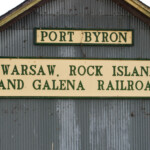

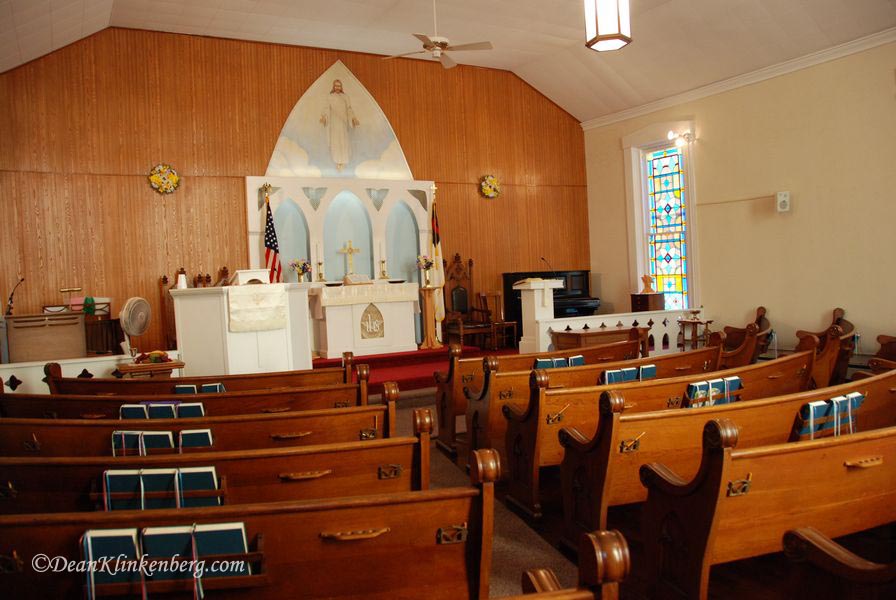
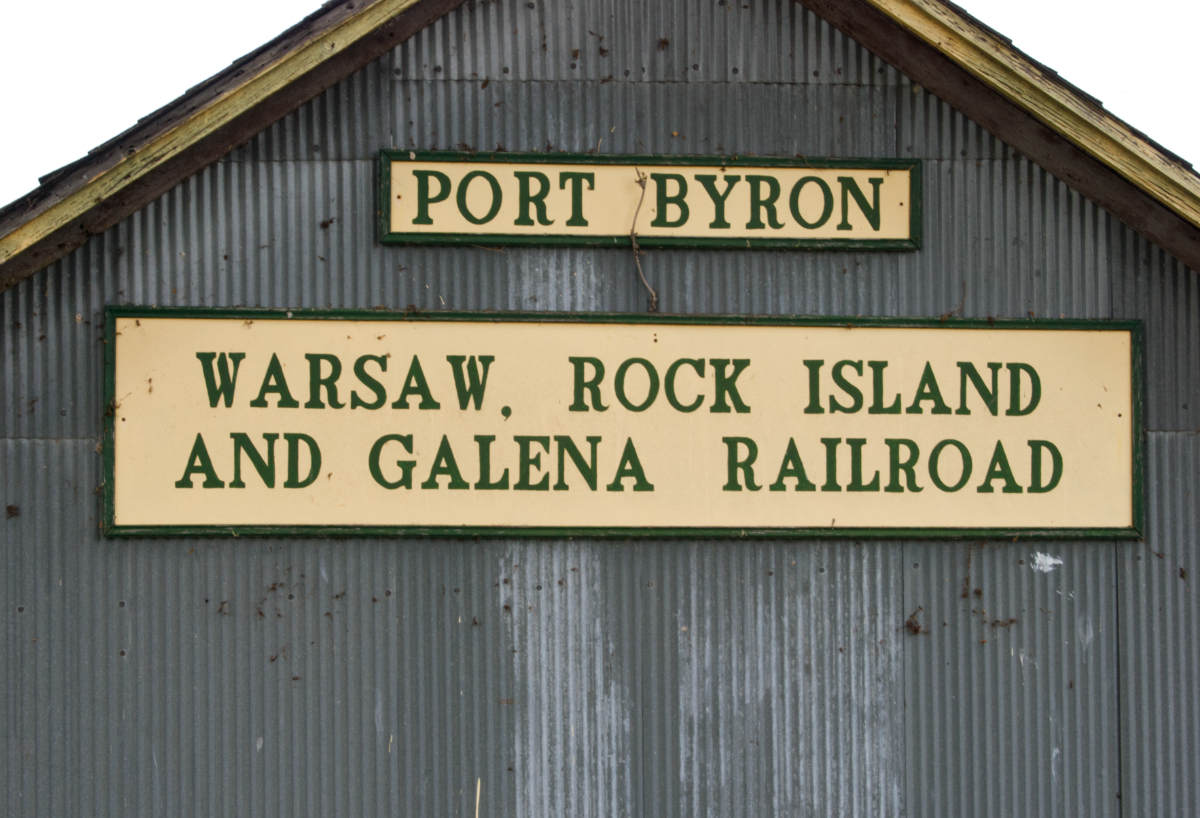
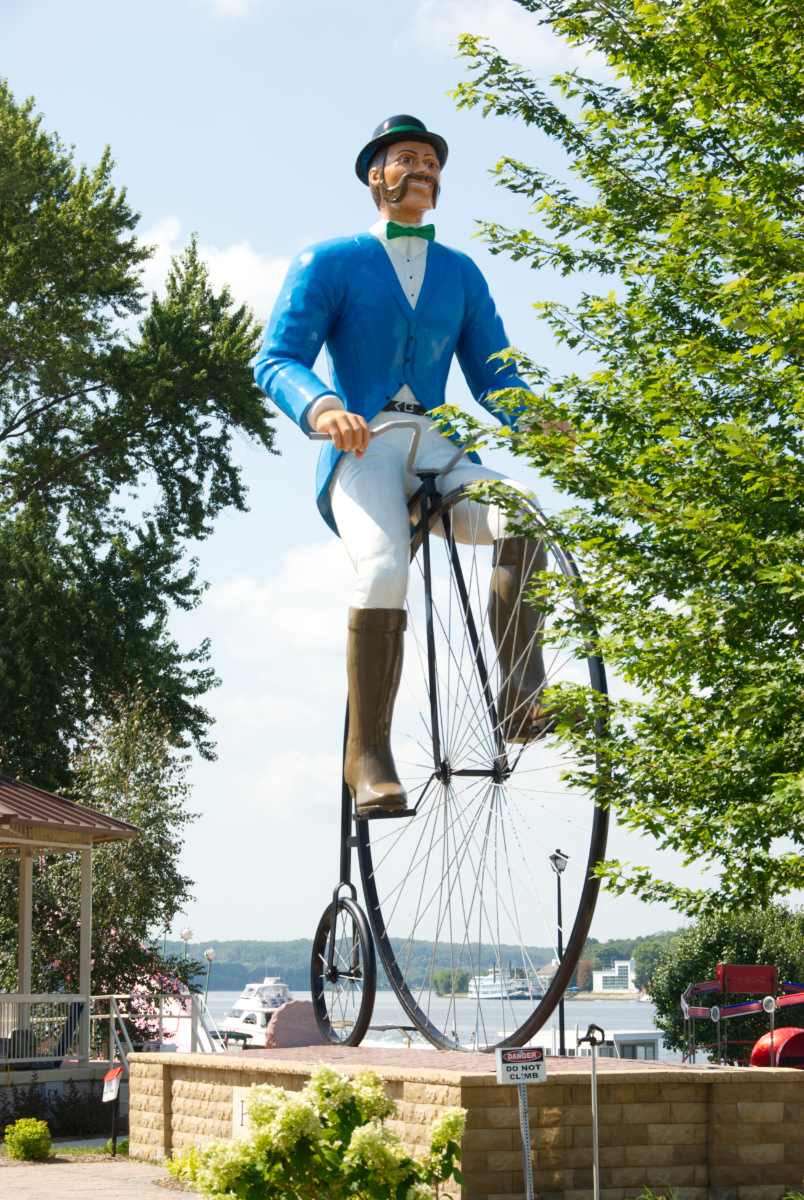

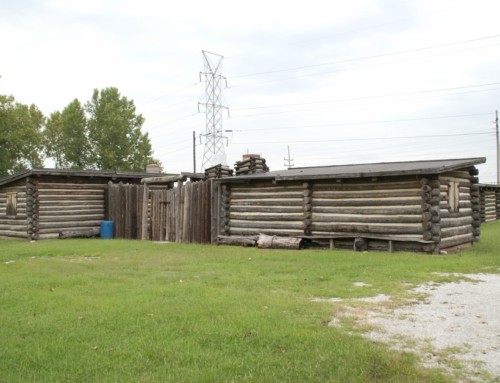


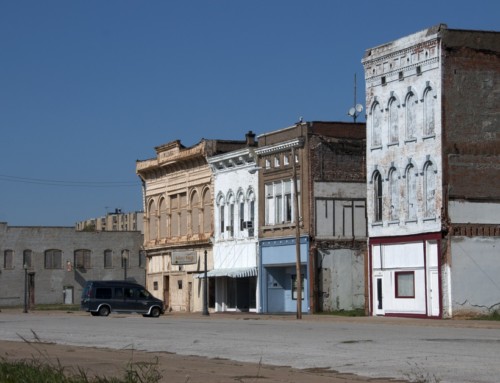
Thanks so much for sharing your story, William. I’m not sure when you last visited Port Byron, but I imagine many things about town would still look familiar to you.
My family moved to 109 Cherry Street, Port Byron from Perry, IA in the Summer of 1950. We left in 1957. Though I did not realize it at the time, my younger brother, Chuck, and I lived in “little boys’ heaven.” With a river traffic separating train tracks on both sides of the Mississippi, we had lots to see. But the best part of all was the appliance store junk yard next to us on the river side. Chuck and I have all the toys we could every want.
Before the phone system converted to rotary dial around 1953, Chuck and I would go over to the house on the other side of the mayor’s and watch the phone operator work. She had a small room off the parlor with a window we and the Mullery kids would crowd around to see the action.
My father was the Methodist minister who would get tired of the poop from the pigeons roosting in the chimney and take out his Winchester 12 gauge pump and proceed to reduce their numbers a bit. He seemed to have great fun doing it. But the Mayor told him to stop as it was disturbing the neighbors.
After a very inebriated woman was killed on the highway one night, Chuck endeavored to burn down one of the saloons in town. He was caught before doing any real damage by the brother of the owner. Evidently the resulting chastisement was sufficient as he never tried that again.